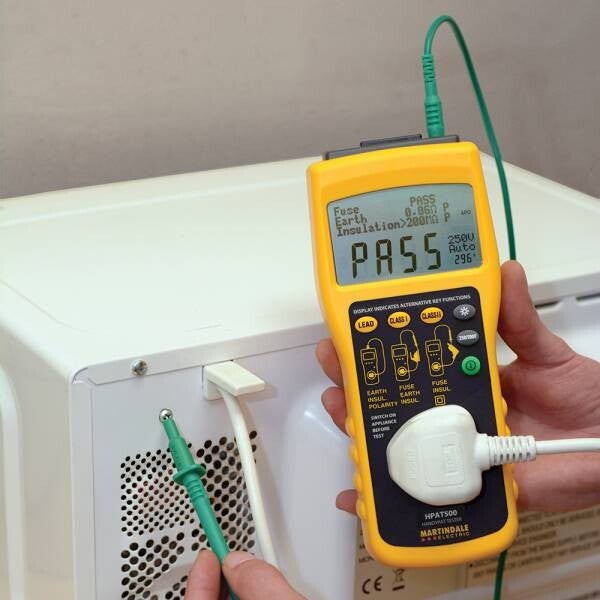Pat Testing Information
Davies Portable Appliance Testing provides thorough PAT testing for all your portable appliances.
We ensure your equipment meets safety standards & legal obligations, giving you peace of mind and demonstrating your commitment to safety.

Why Pat Testing Matters
PAT testing is crucial for businesses and landlords to ensure electrical safety & prevent accidents like shocks and fires.
Also to meet legal obligations to maintain a safe environment.

Appliances We Cover
We cover a wide range of mains-powered portable electrical equipment with a flexible cable & plug, including office equipment like computers and printers, kitchen appliances such as kettles and fridges, power tools, and larger fixed equipment like vending machines and water boilers.

Testing Frequency & Compliance
A PAT test is typically valid for a period of one year.
This means that once a PAT test has been conducted on a particular appliance, it must be retested within 12 months to ensure that it is still safe to use.
We help you stay compliant with tailored advice and scheduling.

Our Pat Testing Process
Our PAT testing process ensures thorough safety checks:
- Visual Inspection: Thorough check for damage, loose connections & ensure the correct fuse is used in the plug.
- Electrical Tests: A PAT tester device is used to perform various electrical tests to check the safety of the appliance.
Earth Continuity Test: Verifies that the earth wire is intact and properly connected to the appliance's casing.Insulation Resistance Test: Checks the integrity of the insulation around the live wires to ensure there is no current leaks.Polarity Test: Confirms that the appliance is wired correctly, especially for its plug.
- Labelling and Documentation: Upon passing the visual and electrical tests, a label is attached to the appliance, showing that it is safe to use and when it should be retested.
If an appliance fails, it is clearly labelled as failed and removed from service for repair or replacement.A record of all the tests, including pass/fail results, is compiled into a report.
- Retesting: Frequency of retests depends on the appliance and environment, with retesting after repairs. If an appliance has been repaired, it must undergo another PAT test to ensure it is safe before being used again.
Create Your Own Website With Webador